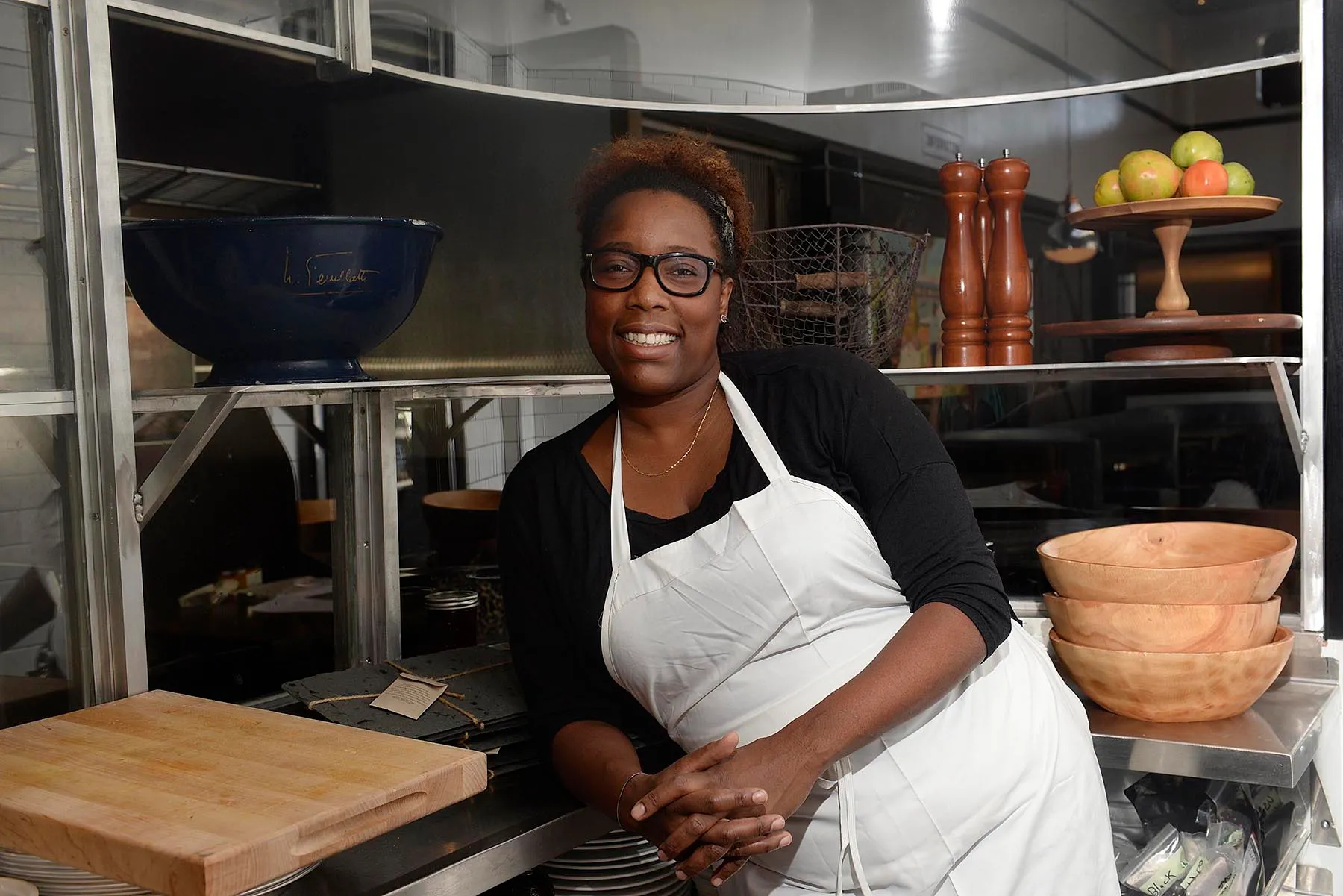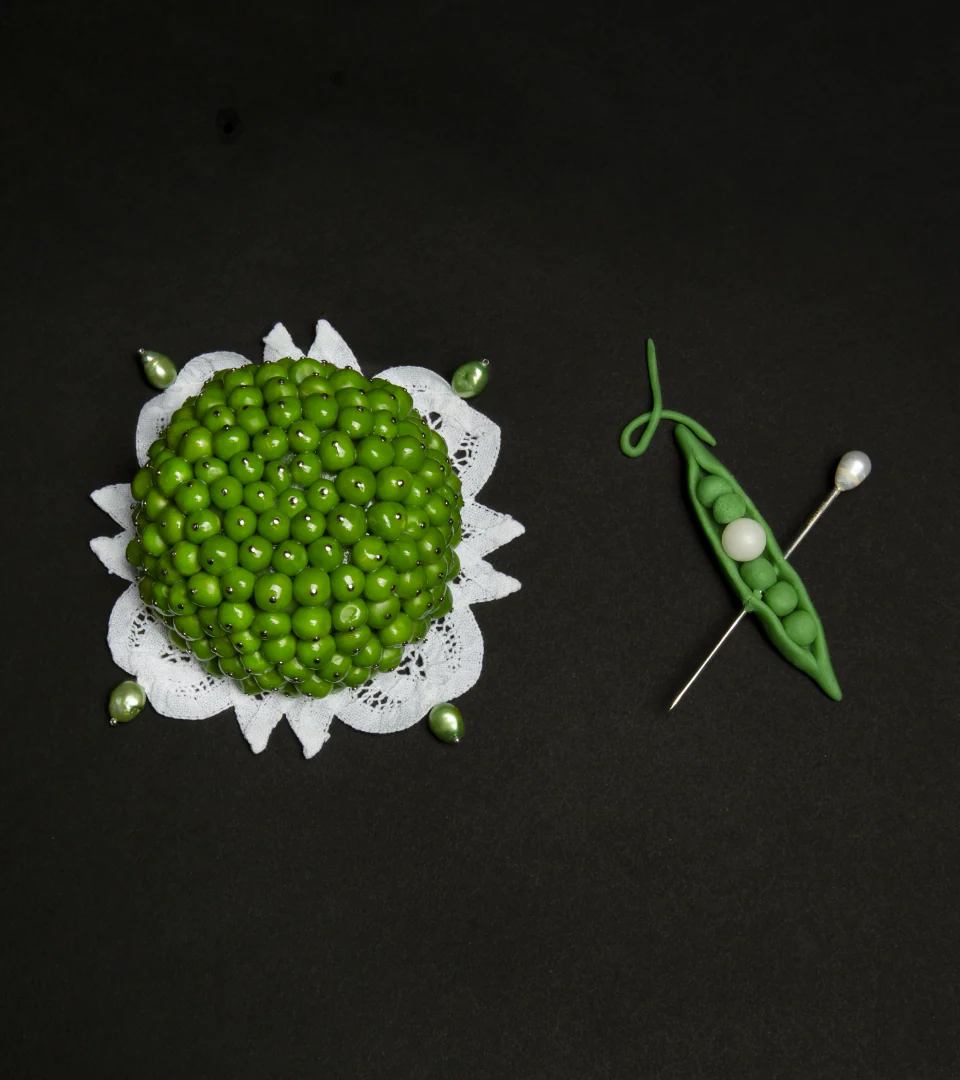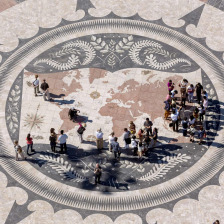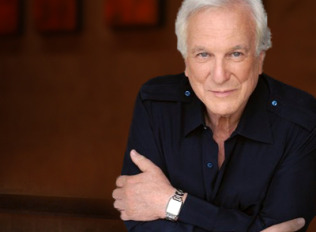What happens to tradition when it leaves its homeland? Does it fade, or does it take new roots, transformed yet intact? Diaspora artists show us that memory can travel—woven into melodies, flavors, designs, textiles, and words. Across continents, they remind us that culture is not confined by borders; it evolves, adapts, and finds new resonance in unexpected places.
In the hands of diaspora artists, the past becomes present, and heritage is not a relic but a resilient force that is continually reshaped by the journeys of those who carry it within.
The Power of Memory in Music: Anoushka Shankar
Anoushka Shankar, British-Indian sitar virtuoso and daughter of Ravi Shankar, inherited more than an instrument—she inherited a tradition. But she did not merely preserve classical Indian ragas as they were handed down. Instead, she has woven them into dialogues with flamenco, jazz, and electronic sounds. Her collaborations with global artists demonstrate that tradition can be both steadfast and porous, allowing new rhythms to breathe into centuries-old forms.
Her music is not an abandonment of heritage but a reimagining of it. Through her sitar, Shankar reveals that diaspora identity is not just about memory but about innovation—a way of ensuring that tradition does not stand still but continues to speak to new generations across cultures, adapting and evolving.
For readers interested in another powerful musical journey, explore our full feature on Syrian-American singer Faraj Abyad, who bridges classical Arabic traditions with a modern global audience.
Recipes as Remembrance: Michael Twitty and Mashama Bailey
Food often travels faster and farther than language. For many in the diaspora, a recipe can be the most intimate connection to home. Michael Twitty, an African-American culinary historian, has made it his life's work to trace the roots of Southern cuisine back to the African continent. His book, The Cooking Gene, won a James Beard Award not only for its culinary insights but also for its unflinching narrative: Southern food is African food, reinterpreted through the pain and resilience of slavery. Twitty's work reframes every bite as a story of migration, memory, and endurance.


Mashama Bailey, chef and co-owner of The Grey in Savannah, takes this a step further by reimagining Gullah-Geechee and African American food traditions in a contemporary fine dining context. Her menus elevate dishes born of resourcefulness and survival, giving them new dignity on the global culinary stage. Bailey shows us that food is not static: it is heritage served fresh, nourishing both identity and body.
Crafting Heritage into the Present: Laila Gohar and Duro Olowu
Egyptian-born and now based in New York, Laila Gohar treats the dining table as a canvas where memory and imagination meet. Her culinary installations—bread stacked with architectural intent, eggs arranged like delicate sculptures, fruits transformed into symbolic forms—transcend simple display. They are rituals that evoke the warmth of shared meals, while also carrying undercurrents of nostalgia, displacement, and cultural continuity. In Gohar’s hands, food becomes language: a way of telling stories that can be savored, touched, and reinterpreted, giving heritage a strikingly contemporary presence.

Nigerian-British designer Duro Olowu, meanwhile, utilizes textiles to convey the vitality of the diaspora. His collections burst with color and pattern, fusing African prints with European tailoring and influences gathered from across the globe. Olowu's work challenges narrow definitions of fashion and identity, presenting heritage not as background but as bold, central artistry. His designs are worn by cultural icons and displayed in major museums, proof that the visual language of diaspora belongs not only to memory but to the future.


Words as Bridges: Ocean Vuong and Leïla Slimani
Ocean Vuong, the Vietnamese-American poet and novelist, writes in a language that was once foreign to his family but has become his own tool of beauty and truth. His novel On Earth We're Briefly Gorgeous is a migration story wrapped in an intimate letter, blending themes of queerness, exile, and inheritance. For Vuong, the act of writing is an act of survival—proof that memory can be rebuilt in a new tongue.
Leïla Slimani, the French-Moroccan novelist and Prix Goncourt laureate, delves into the layered intersections of identity, belonging, and womanhood in her work. Her characters often move through the quiet frictions of diaspora life—caught between cultures, languages, and expectations. As a Muslim immigrant in Europe, Slimani has also been compelled to confront urgent questions of immigration and racism. Through her narratives, she renders the subtle negotiations of living across borders, crafting stories that resonate far beyond the communities they portray.

From the notes of a sitar to the pages of a novel, from a plate of Southern cuisine to a bold textile print, these diaspora voices show us that heritage is not fragile—it is resilient. Culture does not disappear when it moves; it transforms, finding new forms of expression while holding memory at its core. Diaspora is not only about what was left behind. It is about what endures, adapts, and flourishes. In the echoes across borders, we hear not just survival, but creativity—a living testament that culture, once carried, is never lost, always rooted in the hearts and minds of its people.
About the author

Subscribe
-
 Scidmore Sakura, Where Blossoms Bridge Worlds and Generations
Scidmore Sakura, Where Blossoms Bridge Worlds and Generations -
 Editor's Note, Leave It Better Than You Found It
Editor's Note, Leave It Better Than You Found It -
 Dubai's Neighborhoods: Downtown, Between Memory and Modernity
Dubai's Neighborhoods: Downtown, Between Memory and Modernity -
 Yuji Yamazaki, When Architecture Speaks
Yuji Yamazaki, When Architecture Speaks -
 Naladhu Private Island: A Legacy of Serenity and Stewardship
Naladhu Private Island: A Legacy of Serenity and Stewardship














Leave a Reply